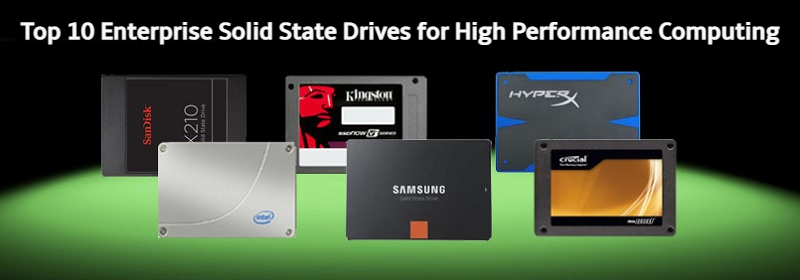Memory By Brand
Memory By Capacity
Memory By Type
CPU By Socket
HDD BY BRANDS
HDD by Interface
SSD by Brand
SSD by Interface
SSD by Form Factor
SSD by Flash Type
MB By Socket
MB By Brand
MB by Chipset
MB by Interface
Video Cards By Brand
VCB by Interface
Power Supply By Brand
Power Supply by Interface
TOP 10 ENTERPRISE SOLID STATE DRIVES FOR HIGH PERFORMANCE COMPUTING
Solid state drives are rapidly growing in enterprise computing, server storage, and cloud data centers due to their ability to drive application-level improvements. Solid state drives provide the enterprise with a high-performance storage solution and support a broad range of data center application workloads.
What is an SSD solid state drive?
Solid State Drives are a new generation of storage devices that use a memory chip called NAND flash memory, which has no moving parts and near-instant access times. Solid State Drive is also known as Solid State Disk (SSD), it runs silently and has faster access time and lower latency.
Manufacturers are now using new technologies to produce solid state drives. There are four common types of cells that solid state drives use to interact with a computer, including single-level cells (SLC), multi-level cells (MLC), enterprise multi-level cells (eMLC), and tri-level cells (TLC). Some are much less common than they used to be, and others are becoming the de facto standard.
Enterprise Multi-Level Cell is a more powerful version of MLC NAND flash that can store two bits per cell. With high read speeds, enterprise solid state drives perform well in storage servers while high write speeds benefit those providing large video streams found in video production and monitoring servers.

